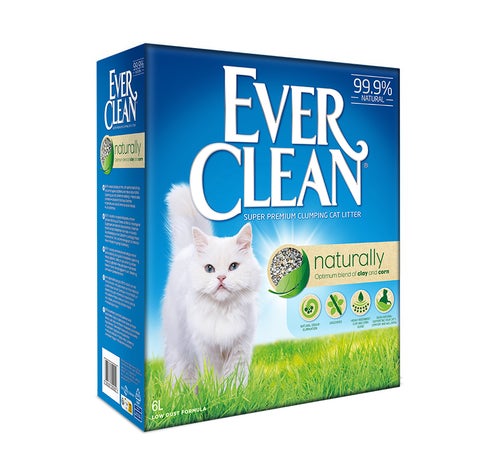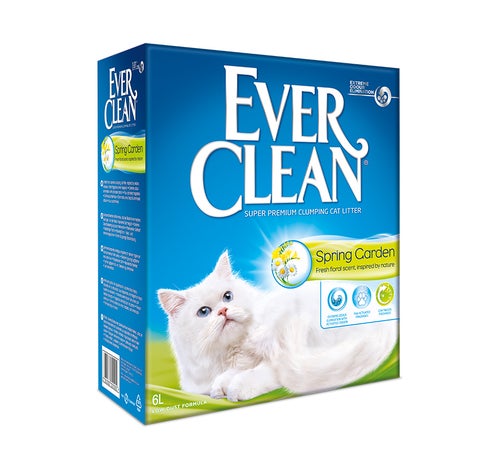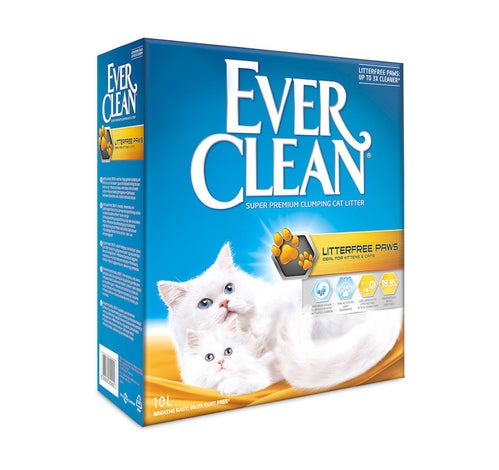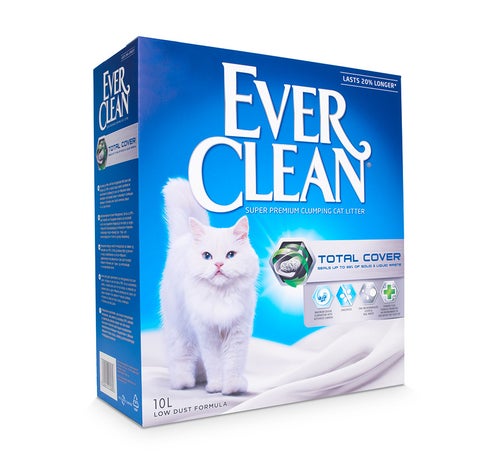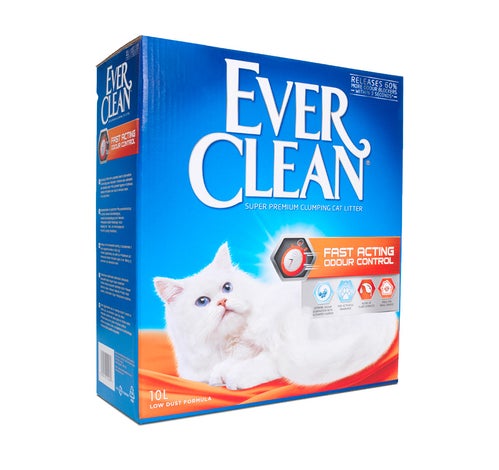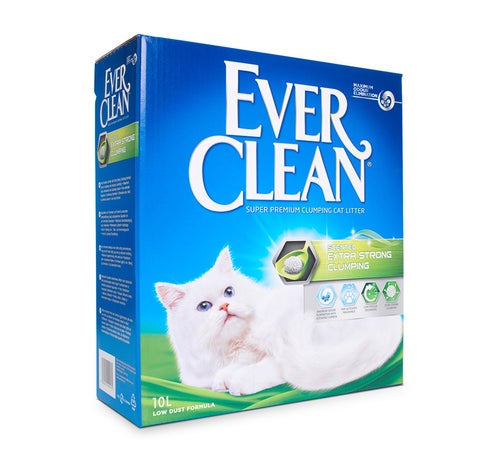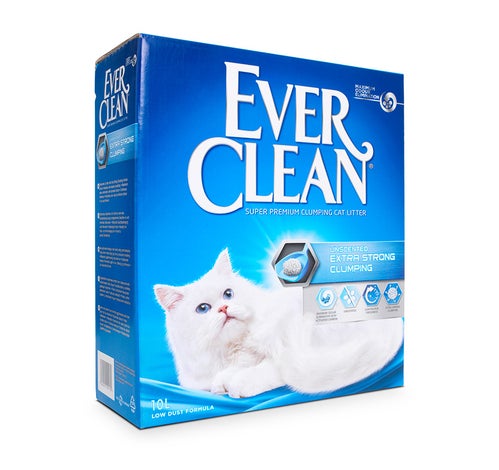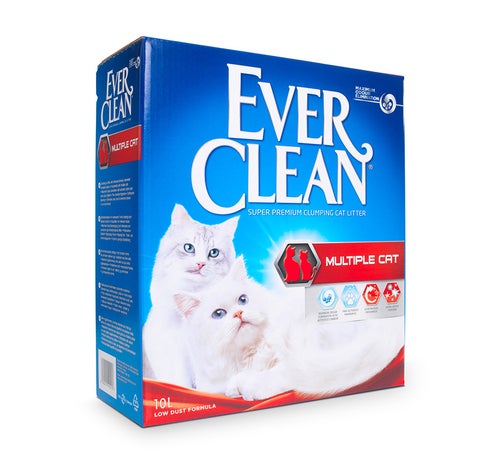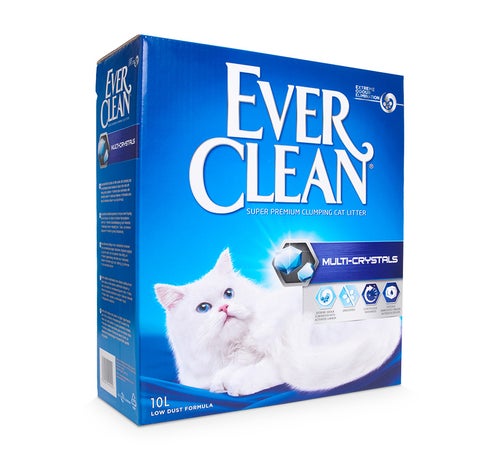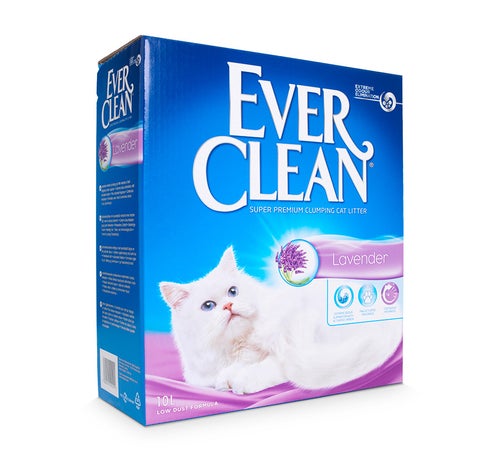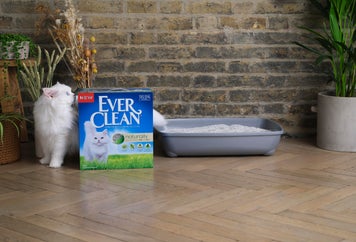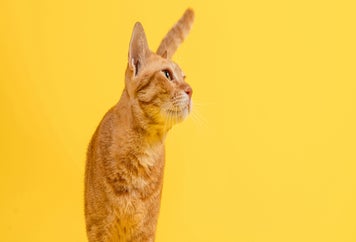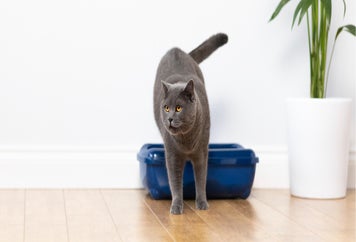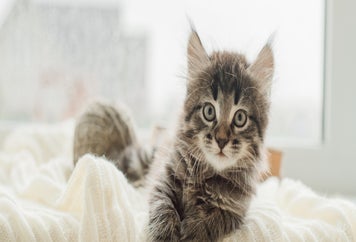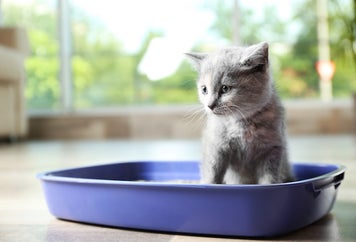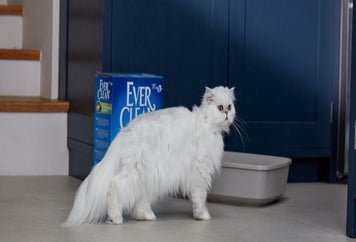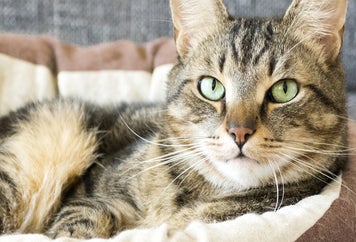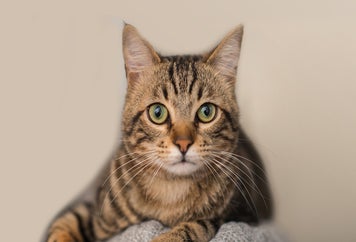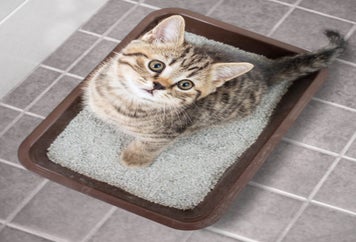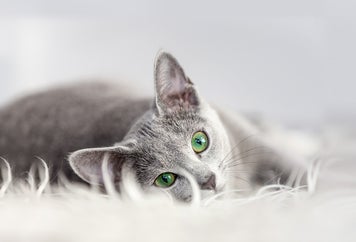Litter training for kittens
How to give them the best possible start
How can something so tiny get up to so much mischief?
That’s a question you’re sure to be asking yourself when you have a new kitten. Another one will be how you can give your kitten the very best start in life.
Luckily, we’ve got all the answers you’ll need. Are you trying to choose the right litter tray or help litter train growing cats? Then think of this as your complete guide to creating a perfect home environment for your little one.
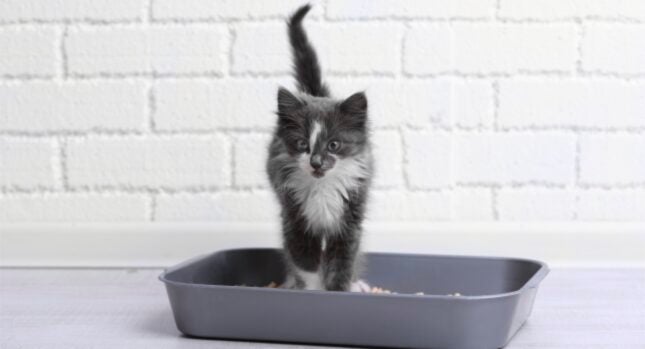
You’ll need a few essentials before your new kitten arrives.
What your new kitten will need
Before your kitten arrives, you’ll want to make sure you have a few things ready and waiting for them.
1. Their first litter tray
Cats come in all shapes and sizes. There are Bengal and tabby cats, British Shorthair and Ragdoll cats and many more. Choosing the perfect cat litter tray is a tough task.
Any cat will need plenty of room to turn around and dig in their litter tray. Measure them from the tip of their nose to the tip of their tail and choose a tray at least that large in one direction. It may be bigger than you thought!
Of course, a tiny kitten might not be able to climb into a tray with high sides. Pick one with a lower lip on one edge to make it easier for them to hop in and out.
They’ll soon outgrow their first litter tray, so you’ll need to replace it regularly.
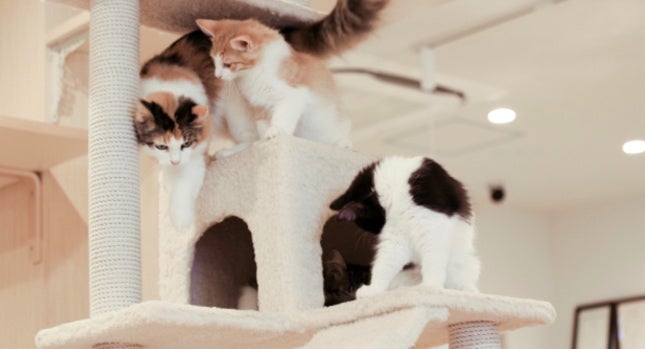
2. A litter scoop
We don’t recommend handling used cat litter. It can be harmful, especially if you’re pregnant or unwell. Buy a litter scoop and you won’t have to!
3. Your first bag of litter
There are lots of different types of cat litter available. It’s worth buying one made especially for kittens to begin with.
Ever Clean Litterfree Paws is made from our high-quality clumping clay cat litter. We’ve designed it with larger granules that won’t get stuck between tiny paws. It’s our best cat litter for kittens and cats.
The first weeks and months of its life are when a young cat forms many of its habits and preferences. Don’t fall into the trap of opting for a less-effective litter. Choosing a premium product right from the start is a great way to make sure your home is always a happy, healthy environment for both you and your cat.
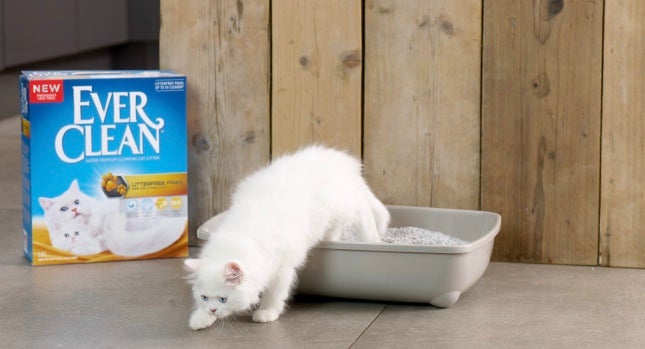
Litter training can begin once your little one is around 3-4 weeks old at the earliest.
When does training start?
Your litter tray is ready, you’ve chosen their cat bed, toys and food and your new kitten has arrived – congratulations! Once they are around 3-4 weeks old, you can begin litter training.
That means if your pregnant cat is having kittens of her own, then you needn’t worry about litter training at all for the first few weeks. Their mum is the best teacher, and she will take care of any mess herself.
Are you buying from a breeder or choosing cat adoption or a kitten rescue near you? Then your kitten should already be old enough to have started using the litter tray when you bring them home. You can begin their training as soon as they’re settled in.
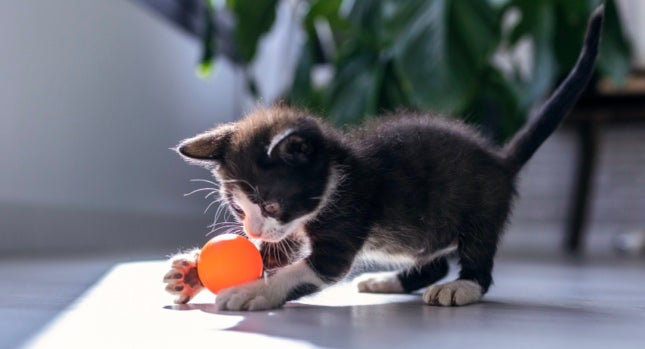
A kitten’s mother helps it know when to go, and you can do the same.
Cat litter tray training
First of all, pop the tray somewhere out of the way so your kitten won’t be disturbed while using it. It should be easy for them to find and away from their food and water.
Your kitten might take to their new litter tray right away, or it might take a few weeks for them to get the hang of it. Either way, be patient and go at their pace. Remember, everything will be new and possibly a little scary for them when they arrive at your home.
If you have given it time and still feel they are struggling, here’s what you can do. Wait until your kitten is feeling happy and relaxed. Wet your hand with lukewarm water, lift the kitten up, then gently rub its tummy with the moisture to encourage it to need to go–just as its mother would by licking. Then place them in the litter tray and wait until they are finished.
If your kitten jumps out of the tray before they’re done, that’s fine. Calmly pick them up and repeat the tummy tickle before placing them back in. You might need to do this a few times at first.
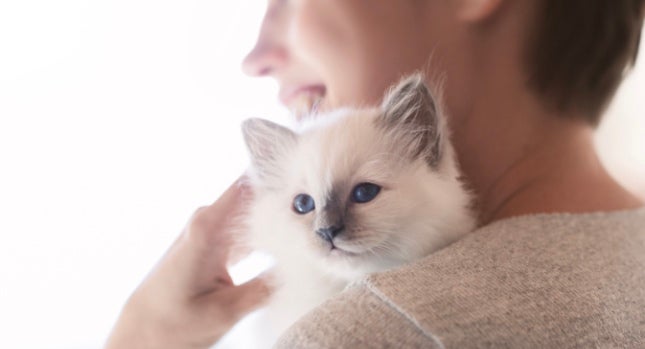
Be patient and your kitten will soon get the hang of the litter tray.
Training tips
Most kittens will naturally go when they need to – and doing it for themselves is the best way for them to learn.
You can help reinforce the training by praising them every time they go. Never shout or punish your cat if they have any accidents – just clean everything up with a paper towel and quietly pop that in the tray to show them where to go.
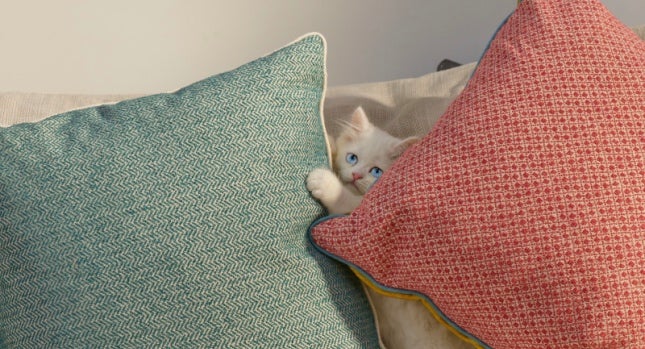
If your cat isn’t going at all, they may have an urgent health problem.
Shy bladder?
If your kitten isn’t going in the tray, they might have found somewhere else they prefer. First, clean up the mess to remove any odour. You might choose to place an extra tray in this area – your little one is telling you that this is a place they feel safe.
How often should you change cat litter for your kitten? They prefer a nice, clean tray so remove any tight clumps daily and throw them away to keep things hygienic.
If your kitten isn’t going at all, they may be constipated. Make sure they have access to plenty of fresh, clean water. However, it can also indicate cat health problems such as kidney disease or cystitis. If you’re at all concerned, get them to the vet – it could be urgent.
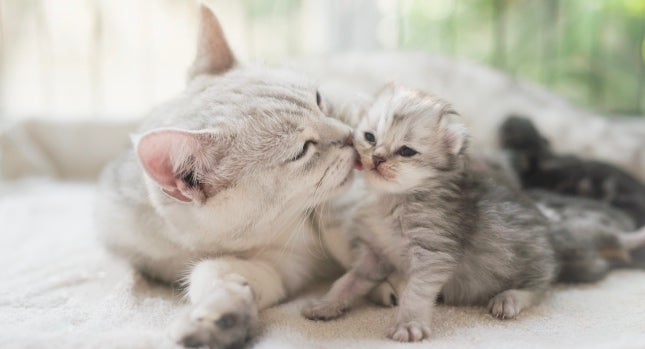
We all need our privacy, and your other cats will appreciate a little space away from the kitten.
Room for one more
Your new kitten will take up lots of your time and attention as you begin your life together. But, if you have other cats too, make sure you take a few moments to make sure they are happy.
We all need our privacy, and cats are no different! It may be a little disconcerting for adult cats to have a kitten running around near their litter tray. Also, if the litter you use for your adult cats keeps being tracked around the house by tiny paws, you might decide to move the adults’ trays to an area the little ones can’t reach.
A happy home for all
Whether it’s just you and your kitten, or you have a busy household with children and other pets, we want to help make your home an environment of wellbeing for everyone. We hope you have lots of fun together!

